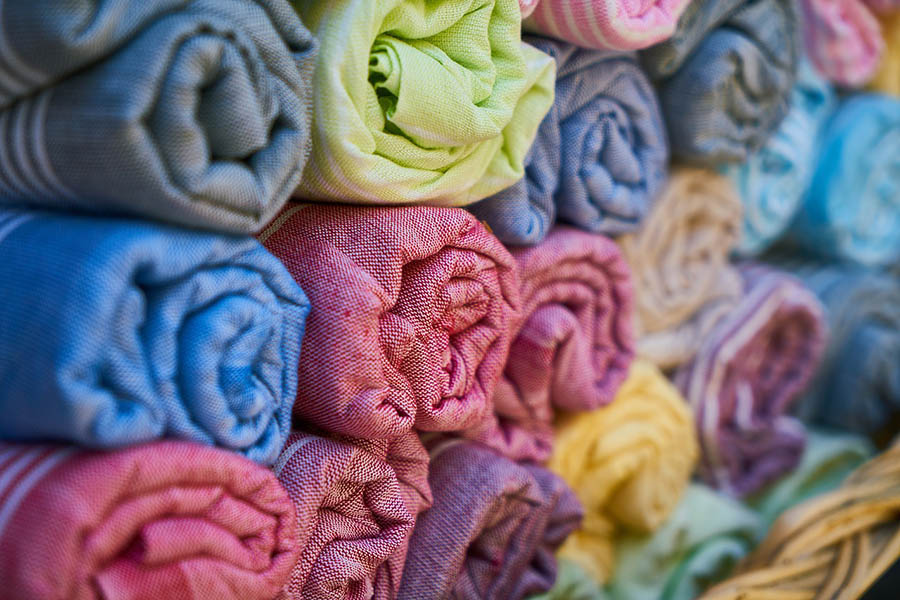For the last two decades, we have seen businesses develop new and exciting products rooted in sustainability aiming for social, environmental as well as economic value. These innovations can vary from new and inventive applications for existing products, new ways of sourcing and delivering raw material around the world, or even new technology that helps business in their sustainability endeavors. We have also seen businesses strategically develop business models that go hand in hand with core sustainability values and financial incentives. From smaller cutting-edge companies to multi-billion dollar corporations, sustainability has now become a key driver of innovation and long-term success.
Here are some of the most influential innovations that will open the way for a more sustainable future:
1. Sustainable Finance
 The potential for Blockchain as the go-to peer-to-peer energy trading platform cannot be underestimated. Developed initially as a safe way to conduct transactions for cryptocurrencies, many are now seeing the potential of blockchain in buying and selling renewable energy. Transparent, safe and easily auditable, Blockchain allows for automated registries of energy consumption and generation, resulting in visible cost as well as energy savings.
The potential for Blockchain as the go-to peer-to-peer energy trading platform cannot be underestimated. Developed initially as a safe way to conduct transactions for cryptocurrencies, many are now seeing the potential of blockchain in buying and selling renewable energy. Transparent, safe and easily auditable, Blockchain allows for automated registries of energy consumption and generation, resulting in visible cost as well as energy savings.
Though still in it’s infancy, Blockchain has captured the minds of Energy companies and has the potential to become one of the most sustainable innovations in finance and reporting.
2. Ocean Pollution
 With more than 8 million tons of plastics going into the ocean each year, pollution in our oceans is reaching its peak. Normal plastic is not biodegradable and can live in the oceans for up to 450 years, raising toxicity levels for oceanic flora and fauna. However, we are taking measures to use fewer plastics in our everyday lives. The European Union, for example, is aiming for 80% drop in plastic use by 2019 and some North American states like California and New York have completely banned or introduced hefty taxes on plastic bags.
With more than 8 million tons of plastics going into the ocean each year, pollution in our oceans is reaching its peak. Normal plastic is not biodegradable and can live in the oceans for up to 450 years, raising toxicity levels for oceanic flora and fauna. However, we are taking measures to use fewer plastics in our everyday lives. The European Union, for example, is aiming for 80% drop in plastic use by 2019 and some North American states like California and New York have completely banned or introduced hefty taxes on plastic bags.
But what can we do for the plastic that is already in our oceans?
The answer, quite a lot.
In 2017, Head & Shoulders launched the world’s first shampoo bottle made from recycled beach plastic. Adidas in partnership with Parley for the Oceans created the Ultra Boost Uncaged Parley limited edition sneaker from reclaimed ocean plastic. Seabin, on the other hand, is a floating rubbish bin which can collect up to 1,5kg of floating debris, including microplastics up to 2mm small from the world’s ports and marinas. Finally, The Ocean Cleanup which had its first test on May 19th of 2018 aims to reclaim ocean plastic form The Great Pacific Garbage Patch and is looking for full implementation by 2020.
3. Bio-Plastics
While Seabin will help clean the oceans from plastic debris already in circulation, others are thinking of ways to completely reshape the global plastic production with biodegradable plastics. Ecovative is creating mushroom-based packaging, which can decompose in a matter of weeks. Coca-Cola has been using a plant-based bottle called PlantBottle since 2009, eliminating 365,000 metric tons of potential carbon dioxide emissions. The VeganBottle is a biodegradable and compostable bottle is made from patented technology from processing sugar extraction from sugar cane.
One of the most recent innovations comes from two very unlikely partners. Heinz, known for their famous tomato ketchup, is left with a lot of leftovers after pulping two million tons of tomatoes, leftovers which can be used for other applications as Ford find out. Tomato discards can be ground down into fibers and used as a reinforcing fiber for plastics which would drastically reduce the number of plastics used in a car. Bio-based plastics currently account for only 1% of global plastic production, but sustainable innovation is driving the need to make a step change in this industry. With not only consumers but companies as well seeing the need and the benefit of finding alternative solutions.
4. Sustainable Textiles

As “Fast” fashion continues to rise in the textile industry, so is the need for more raw material needed to keep up with the demand. This demand, in turn, requires bigger production facilities and it puts a lot of stress on natural resources. A study by the World Resources Institute (WRI) shows that it takes about 2,700 liters of water to make one cotton shirt, which is enough water for one person to drink for two and half years.
Luckily, the textile industry is no stranger to sustainable raw materials. From organic cotton to hemp, to bamboo, sustainable textiles are becoming more and available to companies like Nike, Patagonia, and H&M starting to introduce more sustainable materials to their clothing lines.
Luxury fashion is also starting to revamp their sustainability efforts, using innovation as a catalyst for new and interesting pieces. Cienne for example, funded in 2014 and finalist of the 2018 CFDA + Lexus Fashion* Initiative, works with and sources sustainable fabrics responsibly from global communities. Stella McCartney, known for their commitment to ethical fashion, released in 2017 their limited-edition Parley Fabella Go backpack made from reclaimed ocean plastic.
Conclusion
In a 2018 list by Corporate Knights, compiled from researching through more than 6,000 financial and sustainability reports for companies across the globe, sustainable innovation sits on top of the list. From software to oil, gas & consumable fuels to thrifts & mortgage finance, companies see sustainability as a strategic and tactical advantage and not a detriment to their bottom line.
